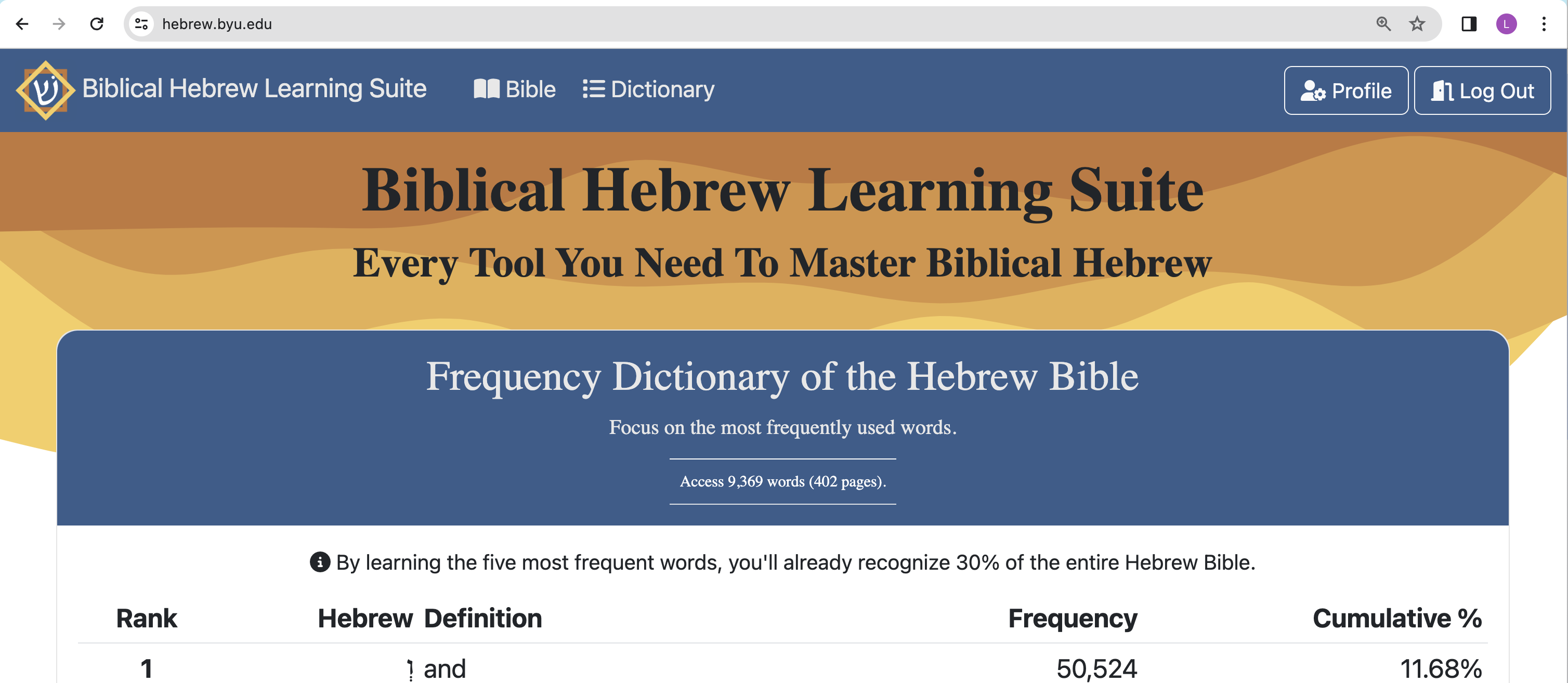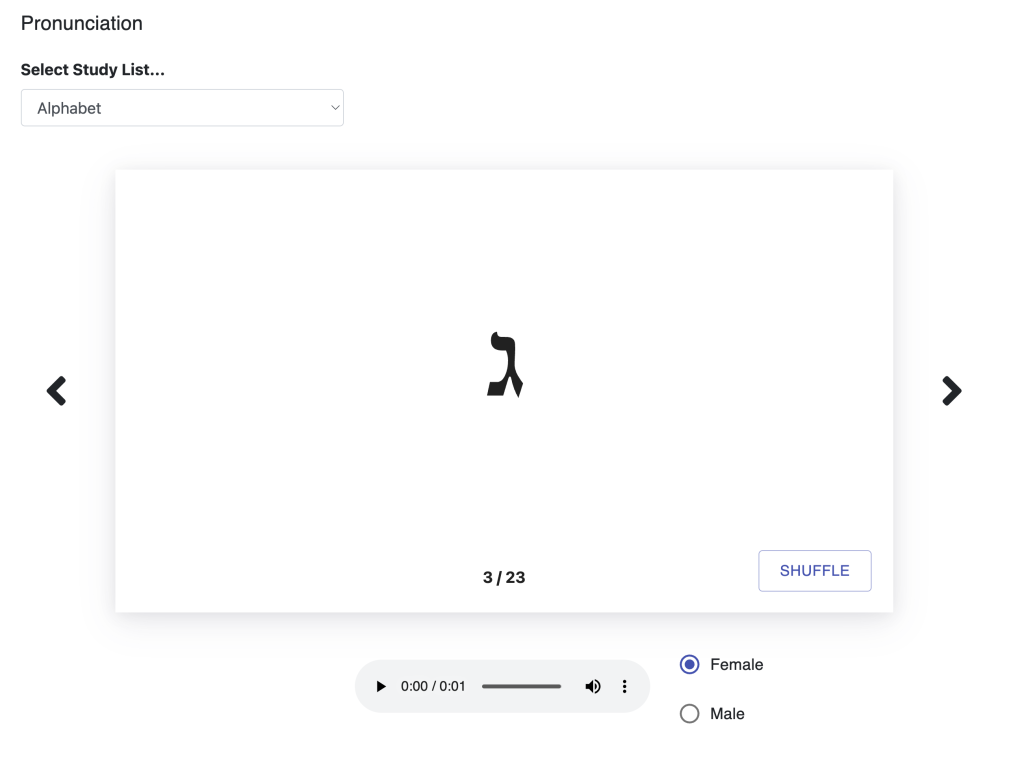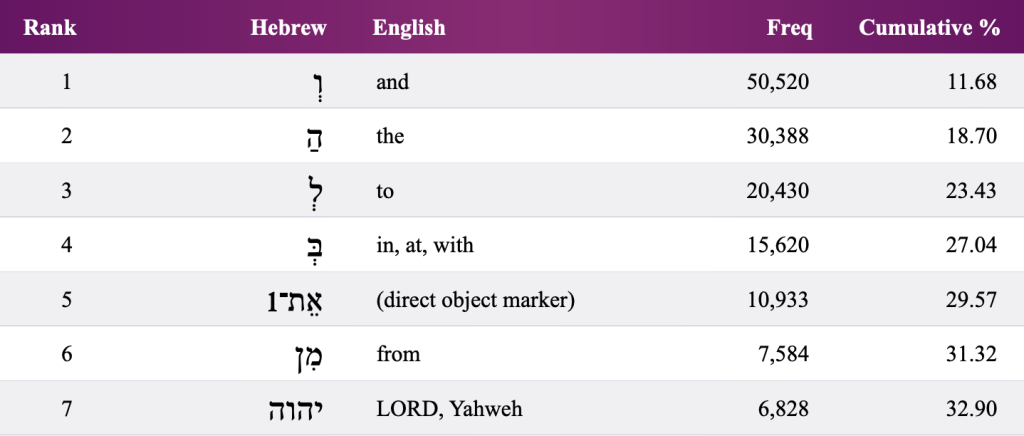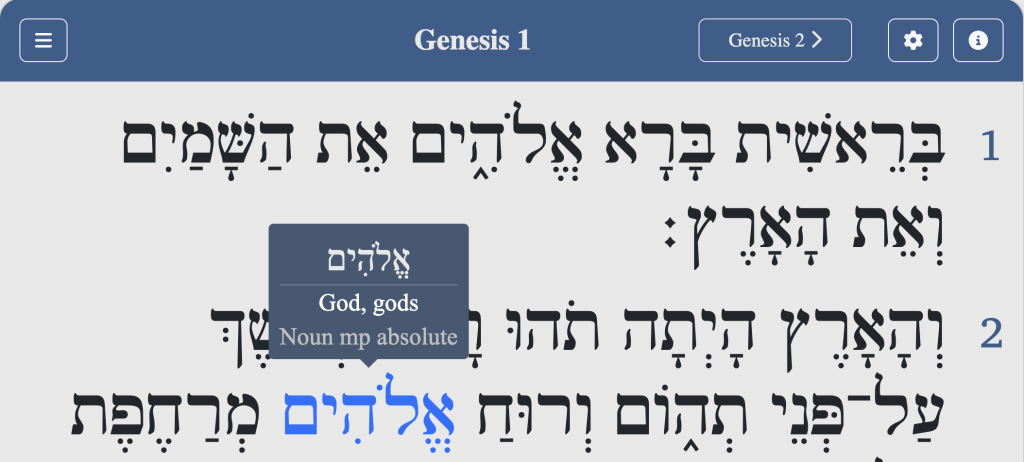If you’re interested in learning Hebrew, the Biblical Hebrew Learning Suite is the soon-to-be-released resource for you! In collaboration with Donald W. Parry, the WordCruncher team has been developing four excellent Hebrew learning tools:

1. The Biblical Hebrew Learning Tool
Master 5 components to studying Hebrew–pronunciation, vocabulary, verb parsing, grammar, and translation. This tool is perfect for helping all learners, from a beginner who wants to learn the alphabet, all the way up to a more advanced student who wants to learn how to parse 3,000 verbs by form and tense.

2. Frequency Dictionary of the Hebrew Bible
The most frequent word in the Hebrew Bible is ו (and). Once you’ve learned that word, you understand 11% of the Hebrew Bible (50,000 words). And once you’ve mastered the top 28 most frequent words in the Hebrew Bible, you’ll understand 50% of the Hebrew Bible. The Frequency Dictionary of the Hebrew Bible is designed to help you learn every word in the Hebrew Bible (9369 words), focusing on the most frequent words first.
The top six words are what we’d call function words, and the top content word is יהוה (LORD, Yahweh–Jehovah). In studying words by frequency, we find that Jesus Christ, Jehovah, is the focus of the Hebrew Bible.

3. Hebrew Bible with Analytical Keys
Study the complete Hebrew Bible with an interactive interface that displays word definitions, dictionary forms, and parts of speech. Click on a word to learn its meaning in the original Hebrew. This tool was created using morphological data from Westminster Theological Seminary–the most accurate Hebrew Bible data available.

4. The Hebrew Bible in WordCruncher
For the advanced student, a version of the Hebrew Bible with Analytical Keys will be available in WordCruncher. It offers the same morphological data as the online version but with the added capabilities of WordCruncher’s search and analysis tools. Click on a word to view its definition, or double-click a word to search for it. Or, search for a specific word like אֱלֹהִים (God, gods) to see every hit in context and learn that it occurs most frequently in Psalms and Genesis (209 and 180 times, respectively).

